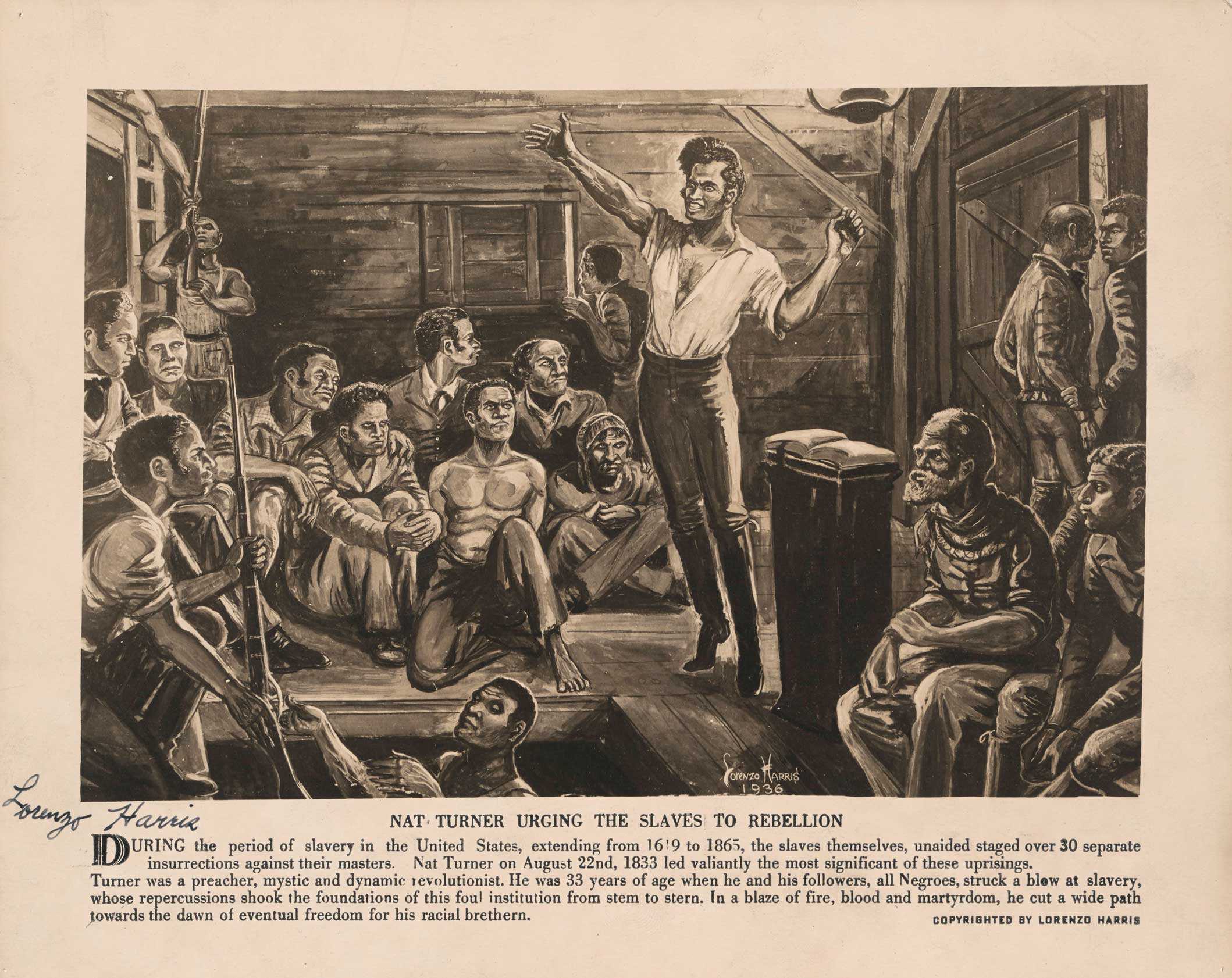Afrofuturism and Black Literature
Afrofuturist themes and expressions gave additional voice to the creatives and intellectuals whose works grounded, identified, and located Black culture in an increasingly technological world. Creating fictional landscapes and exploring topics of rebellion, resistance, pride, and power, literature was a crucial outlet for Black authors reflecting on the shifting racial and technological dynamics of the newly industrialized age.

Proto-Afrofuturists
While a distinctly 20th-century term, Afrofuturism’s conceptual roots as a platform for the ideas, expressions, and themes of abolitionist and anti-racist works of Black intellectuals trace back to the country’s origins. Reimagining Black futures amid the backdrop of slavery and societal racism, early proto-Afrofuturists utilized literacy as a new and essential “technology” to empower the enslaved. With the written word, the power of literacy and invention helped lay new tracks for the Underground Railroad, and created spaces and pathways for Black people to reimagine their futures as free individuals.
Black Imagination
"In Phillis Wheatley I proved intellectual equality in the midst of slavery" by Elizabeth Catlett, 1946; printed 1989. From the series "The Black Woman (formerly the Negro Woman)"
Imagination is a powerful tool for an oppressed people. For the enslaved, a tool that provides solace and hope, and one that achieves the unimaginable reality of personal freedom. Born in West Africa and sold into slavery before her emancipation in 1775, Phillis Wheatley (1753-1784) was the first Black author and second American woman to publish a book of poems. Personifying imagination as a feminine force capable of freeing the enslaved from earthly boundaries, Wheatley’s work imagines new futures for Black people, provides an early template of literary Afrofuturism.

Imagination! Who can sing thy force? Or who describe the swiftness of thy course? Soaring through the air to find the bright abode, Th’ empyreal palace of the thund’ring God, We on thy pinions can surpass the wind, And leave the rolling universe behind.
Phillis Wheatley, “On Imagination”, 1773
Imagining Freedom
Ambrotype of Frederick Douglass
Enslaved people imagined different worlds and different futures, and the discourse of anti-slavery articulated the conscious desires of Black people yearning for freedom from slavery and deliverance from the persistent presence of racism. Represented through abolitionist oration, metaphorical literature, and the symbolic influence of rebellion and resistance to slavery, the discourse of anti-slavery produced a means to navigate oppression, emboldening African Americans by creating cultural heroes and figurative spaces of community and empowerment.
I longed to have a future—a future with hope in it. . . . I formed many a plan for my future . . . to find some way of escape from slavery.
Phillis Wheatley, “On Imagination”, 1773
Nat Turner’s rebellion was built on ideas of revolutionary violence. By leading an uprising of enslaved people, Turner became a symbol of terror for many pro-slavery white people and a symbol of resistance for those seeking abolition.
